Royal Television Society Awards Student Shorts #Interviews
- Behind the Scenes
- Posted by Anahita Tabarsi on March 14 2019
Share Tweet
This month saw several of our Brown Baggers across our Dublin and Manchester studios win awards for their student work at the Royal Television Society Awards!
Our Dublin-based Junior Previz & Layout Artist Declan O'Connor and Junior Modeller Michael Fitzgibbon received the Royal Television Society Student TV Award in the Comedy and Entertainment category, alongside Potema Dunne, Tyler Lynch, Shannon Currivan, Anita Dice, Alanna Dunleavy, David Harkin, Jade McMahon, Hugh O'Reilly, Marcin Orlowski, Jamie Stone and Eric Tan for their student short film “Robots Need Not Apply.”
And our Manchester-based Scene Set Up Artist Hope Phillips who, alongside Maya Russell-Baines, received a Royal Television Society Student Craft Award for Production Design for her short live-action film “Mater Mortem”.
We chatted with them about their winning projects and what was involved behind-the-scenes:
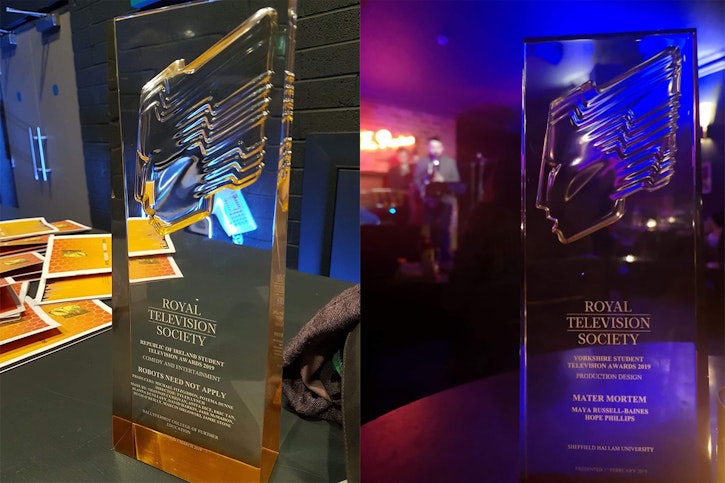
Michael Fitzgibbon and Declan O'Connor - “Robots Need Not Apply”
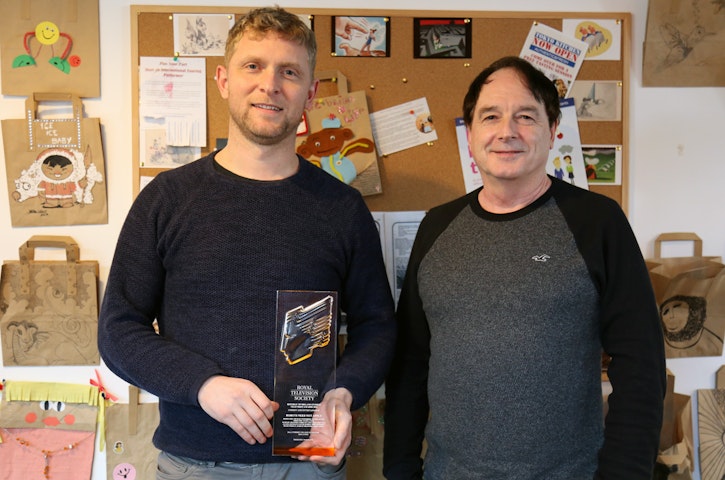
Humans are tired of their jobs being taken by robots so they begin to take them back. But what impact does this have on these recently redundant, one-trick-pony robots as they attempt to find another purpose? RTV News runs a story looking at their plight in Dublin.
Who was involved in creating “Robots Need Not Apply” and what were your roles on the short?
We made the film as part of our final year in Ballyfermot College’s brand new Visual Effects production course. So there was a group of 13 students all keen to have an input in most, if not all parts of the production. So basically, it’s a student film; we all did a little bit of everything.

Michael: I was the production manager on the film. On the CG side, this involved assigning the roles and tasks, developing a simple pipeline, managing the schedule, running dailies with the director, and addressing technical issues. On the live-action side, this meant organising the shoot – everything from coordinating with actors to making sure we had location plans and running orders, to procuring all the right equipment from the college’s inventory. Aside from that, once we’d settled on a general plot structure I was involved in writing the script while others did concept design on the characters. And then like most others on the team, I modelled, textured, rigged, animated, lit and composited at least one robot character.
Declan: Being a 2D animator/storyboard artist, I got involved at the storyboard stage. I was also involved with the 2D concept designs, managing to get three of my original designs into the final film. I then went on to model one of the robots in Maya, animate it, match it to the live plate, and rendered the final scene after it had been textured by Alanna Dunleavy.
We had one class on how to shoot HDRIs which I was very interested in. I have always been interested in photography and as it happened the college SLR was not capable of using bracketing, which is used to capture several shots of the same subject using different camera settings. So I used my own Canon SLR. I had to be on every shoot, as you have to capture the same lighting on set in order to match the lighting on the 3D models.

How did you come about the idea for the short?
Everyone in the class had the opportunity to pitch an idea at the beginning of the year. In one of the pitches, our classmate Jamie showed an image by digital painter Jakub Rozalski of a large imposing military robot that looked like it had been repurposed as a shepherd. We hated his pitch but loved the image (kidding, Jamie!) so that was the seed from which this mighty, robot oak grew.
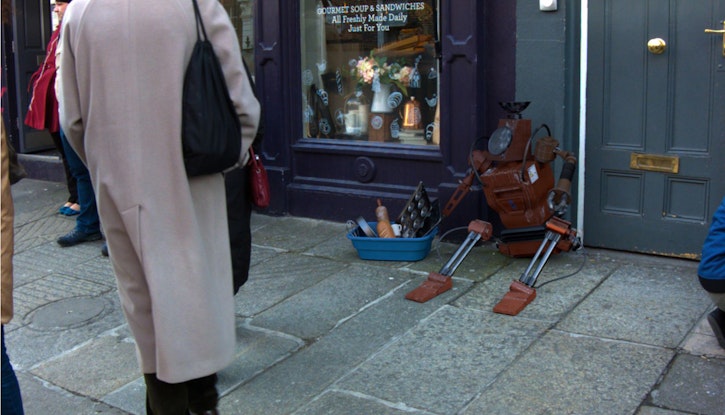
Can you explain a little about how you created the film? What was involved?
After many iterations, we settled on a plot and finally we knew how many CG characters (7 robots) we had and what roles they played. We shot a live animatic (which we hope never sees the light of day) that was very useful in giving everyone an understanding of the idea.
From there we assigned roles to the team, broken down by robot character, (mostly) based on who was interested in doing what. We had 7 robots so 7 people started 2d designing, then 7 people modelled from those designs, and so on, to a point where we had all the robots mostly animated right when we had finished the live shooting. Regular updates were provided to the director and production management along the way.
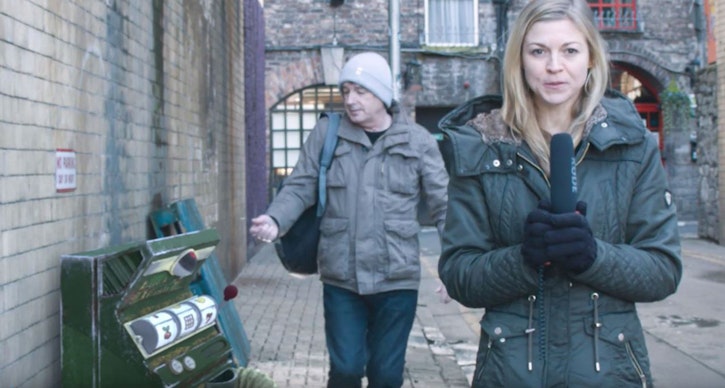
The live shoot was something most of us have less experience with. Only a handful of us had ever shot anything with real purpose before. Luckily, Ballyfermot College had prepared us by providing guest speakers on the subjects of VFX supervision and shooting for VFX in the weeks leading up to the shoot. So on the day of the shoot, we were prepared to shoot HDR images to help with CG lighting. We took exhaustive measurements and lots of photos of the locations we shot in to help us rebuild and add to the sets in 3D. And in the end, we decided to use locked off cameras to minimise any tracking issues and reduce the risk of seeing our precious robots moonwalking across our screens. This was a decision most of us would change were we to do it again. Locked, steady cameras made our lives easier but one or two handheld shots would have given more dynamism and, if done well, could have sold the realism of robots in the streets of Dublin even better.
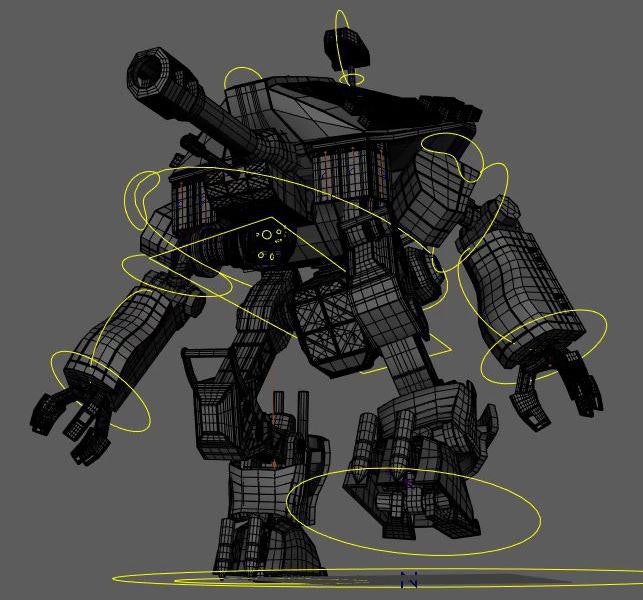
After the shoot, it was time to finish off the animation, place the characters in the shots using our HDR images to match the real world lighting, render the various passes of the robots, and comp it all together in Nuke.
We modelled and animated in Maya, textured using Substance Painter, rendered using Arnold and used Photoshop and Nuke at the end to composite and clean. And once we had our story, the production took approx. 5 months, juggling regular classes and assignments in tandem.
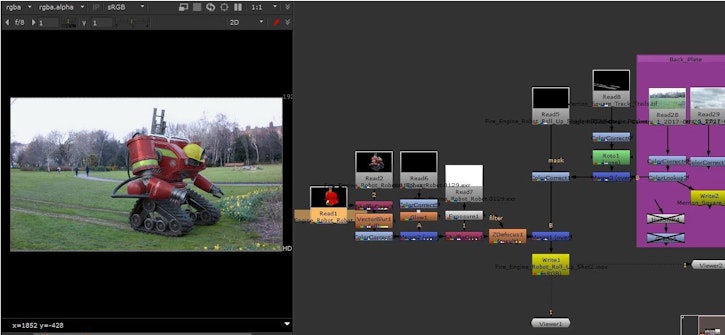
What were the biggest challenges involved in making it?
The Beast from the East! On the day we had everything planned to shoot, the largest snowfall in living memory started. In Ireland, the weather is always a factor but this also meant we had to wait until all the snow had disappeared before we could finally shoot. This took some time and put a strain on our schedule.
We had a large team of people who were all eager to get their hands dirty but this presented a difficulty around who did what and how do we control standards when assets are being passed around so much. We would do it the same way again but next time we'd have more stringent designs from the outset where character scale, screen time, and required mobility is all locked down early.
We were all classmates and friends so at times there were difficult conversations when we thought one person’s skills could be better used elsewhere, contrary to what they might actually want.
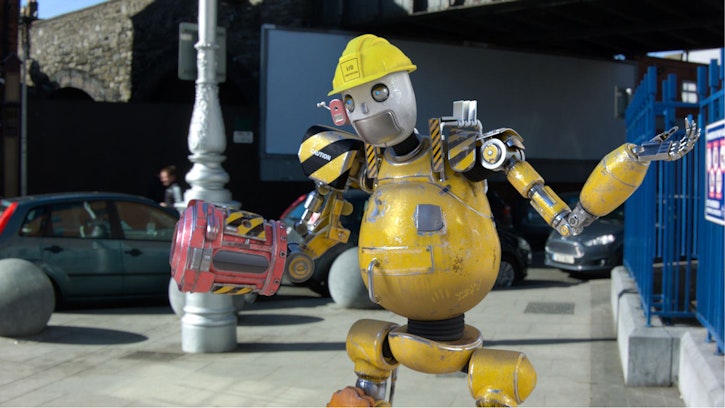
What advice would you give to anyone else creating their first short?
If it’s a live-action short with some visual effects, definitely look into what an onset VFX supervisor does and be prepared to do the same things. Even on the shots where you don’t intend on having any visual effects, if possible.
Try different things. We somewhat fell into the trap of doing the same type shot for each robot character. Avoid that. Have a full storyboard that you’ve thought through but also be flexible. And finally just go out and do it, it’s good fun. And don’t forget the cable for the microphones. Like Mike. Mike did that.
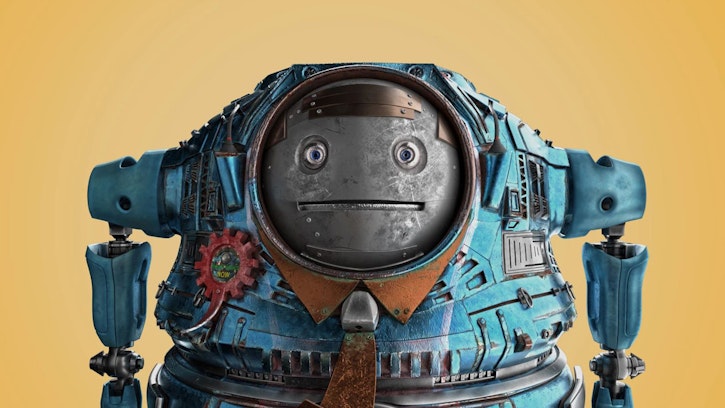
What advice would you give someone considering getting into animation?
Firstly, it’s never too late. I mean, look at us.
Ok please stop looking now.
And secondly, putting yourself out there really helps. Both by physically going to events and meeting people in the industry, and by putting your work out there for others to see. Even if you think your work isn’t that strong, it’s still really admirable to see people just wanting feedback to get better. And if there’s one thing that’s more impressive than seeing great work it’s seeing great work and knowing how far that person has come thanks to hard work. That attitude will get you far.
Anything else you'd like to share?
We’re delighted with this recognition from the Royal Television Society, we’ve had a few nominations but this was our first win. We’re also thrilled to be part of the official selection at the Dingle Animation Festival, so look out for it if you’re there. The film is still doing the festival thing so for that reason it’s not yet available publicly but it will eventually appear here on this website, where you’ll also find lots more info about the people who worked on it and what the robots are up to now.
And thanks to Gareth Lee of ScreenTraining Ireland, Brown Bagger and BCFE course instructor Matthew Lloyd, and Seamus McGrenery and all those at BCFE for all their continued support. There are details on the course we did here!
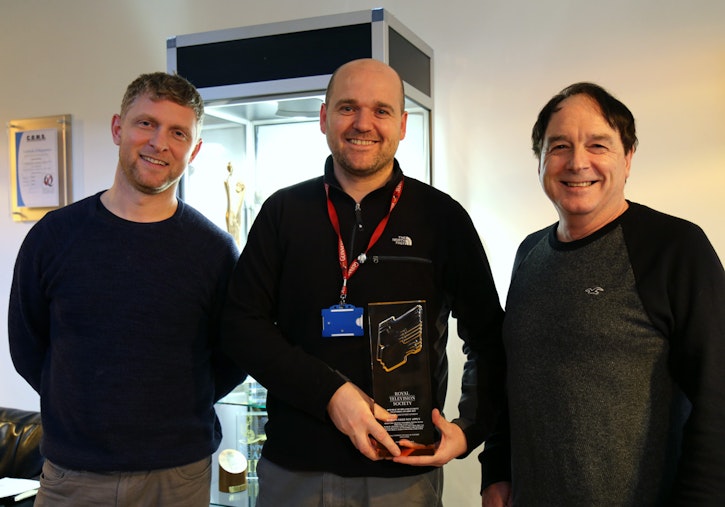
Hope Phillips - “Mater Mortem”
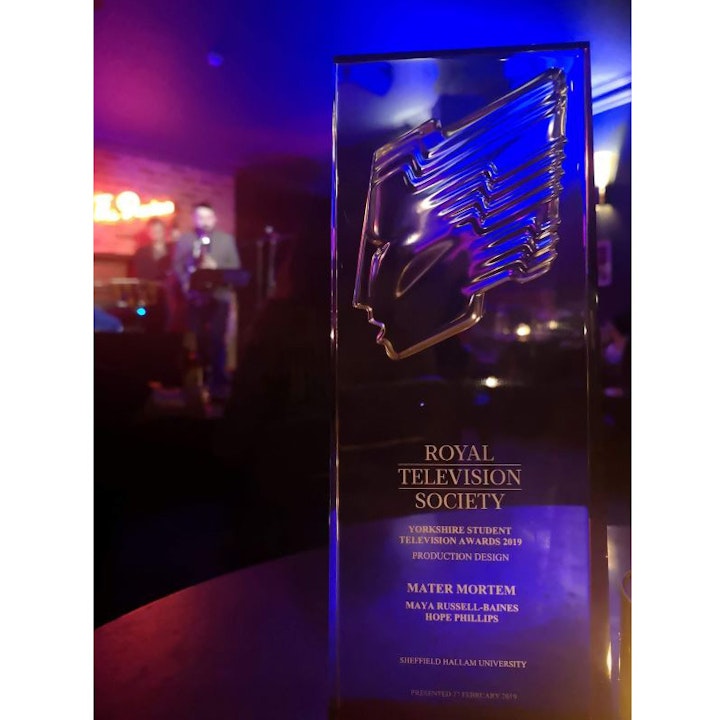
Mater Mortem is a short experimental, micro-budget drama. It is an intellectual Ghost story ridden with hauntology and psychoanalytic concepts, supported through a non-linear narrative. The film is about the phantom of a Lady from the 1800s who is acting as a Grim Reaper-like figure as she searches through time and limbo for her deceased son. She attends a multitude of traumatic deaths that all seem interwoven, each one edging her closer to her son and the life that she wishes she could forget.
What was your role in the film?
My main roles were Writer and Director. I worked within a team of five: Maya Russell-Baines, Leah Smith-Jagger, Alex Timmons-Griffin and Fran Yepes-Walsh. Maya and I worked together on almost every aspect of the film from assisting in the edit to costume, locations and concept work.

How did you come about the idea?
The script itself came about as the result of a debate about the relevance of time and its faults as a construct. I thought it would be an interesting concept to make time an unpredictable, changeable and most importantly breakable construct. This created an opportunity to have a character that could move through time without having a knowledge of why it was happening or even which timeline she would find herself in.
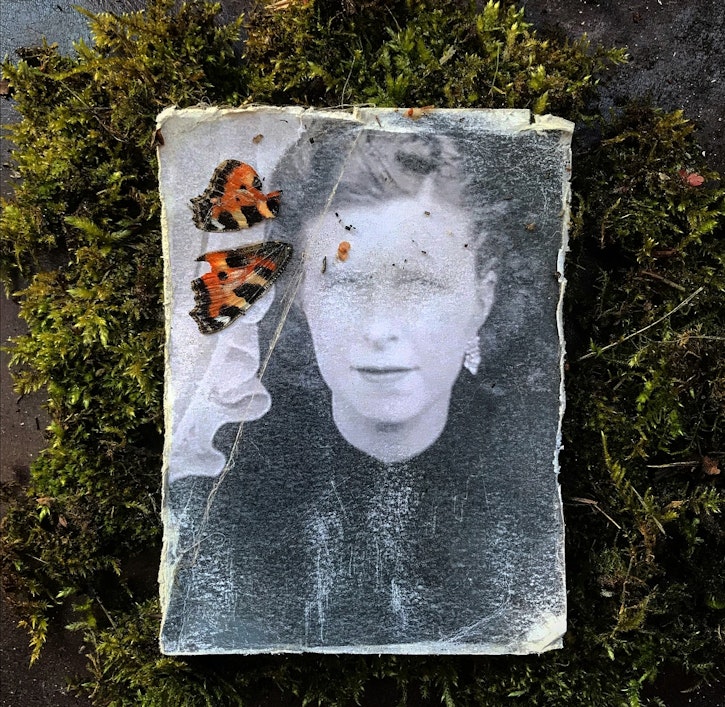
Can you explain a little about how you created the film? What was involved?
The film was a live-action project that took about a year from writing the script to showing the final film. To make the film it took five crew members including myself, four locations and nineteen actors. The film itself covers 8 different time periods which took a lot of work to create with the right sound, set and costume designs. The only money that we really spent was on petrol and food. The majority of our filming was done at Carnfield Hall, a beautiful Hall that the owners very kindly let us take over for a few weeks. Though our actors were stolen on occasion by the homeowner to meet the llamas that lived at the Hall.
We spent a long time discussing the rules of the story world and trying to figure out how we could “break time” in the film, this was mostly achieved by the time jumps, set design and voice-over monologue.
The film was shot on a Sony A7sii, Edited on Adobe Premiere Pro, FX created in After Effects and Mixed in Protools.
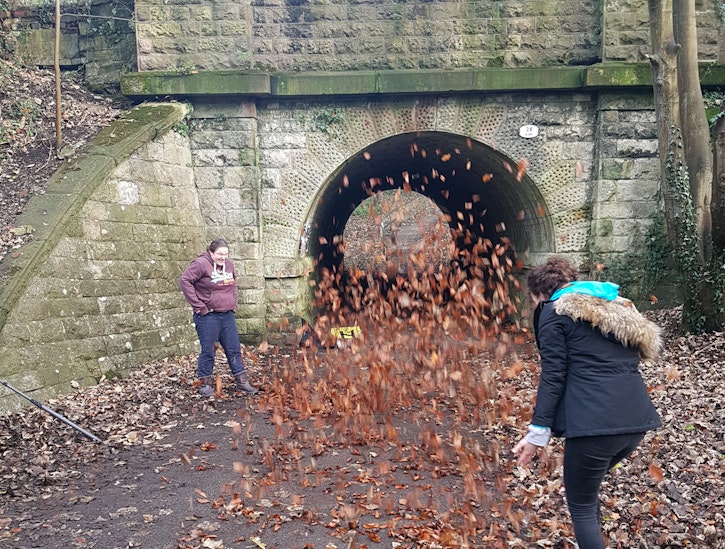
What were the biggest challenges involved in making it?
The biggest challenge was creating so many different time periods in one ten minute film with no budget. It is safe to say that we called in a lot of favours for locations, actors, costumes and props.
What advice would you give to anyone else creating their first short?
I would say be ambitious, there is always a way to make the film that you want to make. It might not be perfect but there is always a way. I would also say don’t underestimate the kindness of the people around you and their willingness to help. Without the help of the rest of the crew, the actors and everyone who helped us with locations, costumes and props without asking for anything in return we would never have been able to make anything close to this film.
And finally, I’d say work with people who you want to make films or whatever you want to make with. Find people or a person who you work well with and who sees what you don’t see. It really makes a difference.
Anything else you'd like to share?
Mater Mortem is special to me for many reasons. But it is most special to me because my grandmother is in it and it is the last piece of footage that I have of her and so the film is in her memory and although it is very dark, the time spent filming it was full of laughter, stress too of course, but mostly just fun memories.
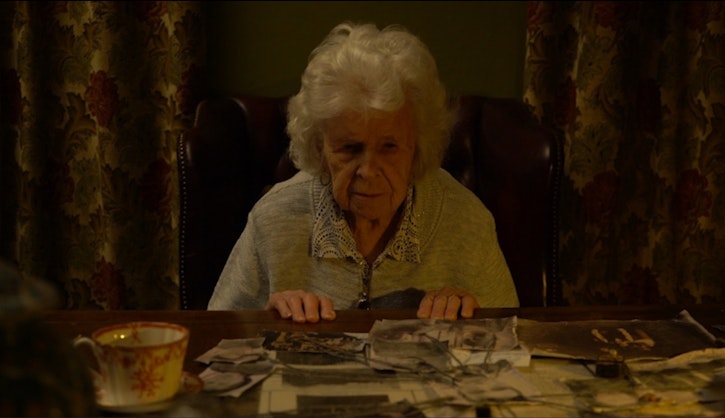
Special mention goes out to Brown Bagger's Lynne Guthrie and Gavin O'Donnell who also received nominations for their work on short films Route Sixty Styx and Whack Jobs!
And a big thank you to our Brown Bag staff - CG Supervisor Matthew Lloyd, Lead FX Artist Mario Bortas, Lead Lighter Alan McCabe and CG Supervisor Ashish Jain - who are instructors at BCFE's Visual Effects and 3D Technology course!
For more info on the Royal Television Society Awards, please visit: rts.org.uk
Anahita Tabarsi
Anahita is Brown Bag Films' Marketing Director, Digital & Social and drinks more than five coffees a day...
We Love Animation®
Brown Bag Labs is an exciting online space, brought to you by Brown Bag Films. We share great content for families as well as behind the scenes fun and tutorials from the Brown Bag Films team.




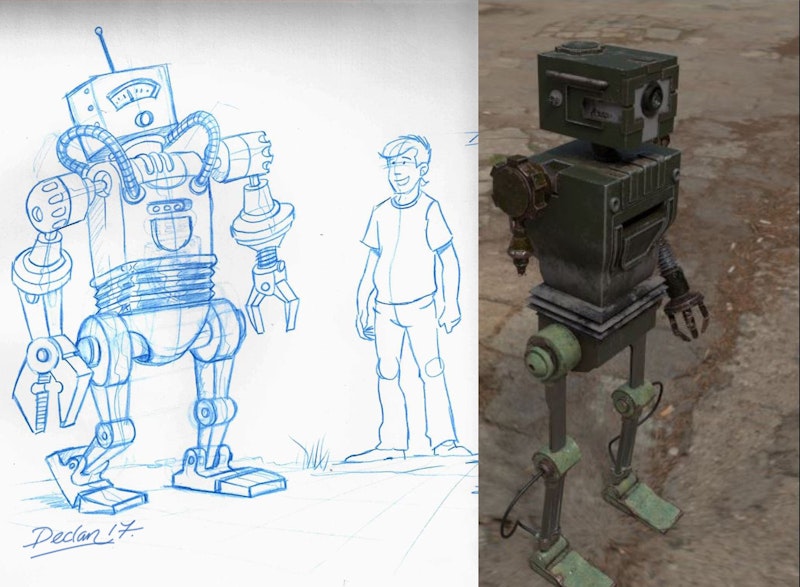
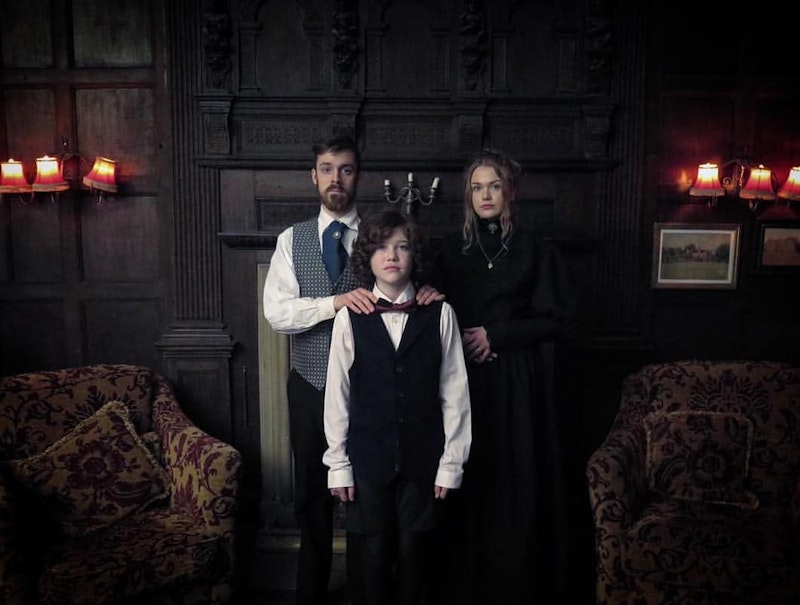

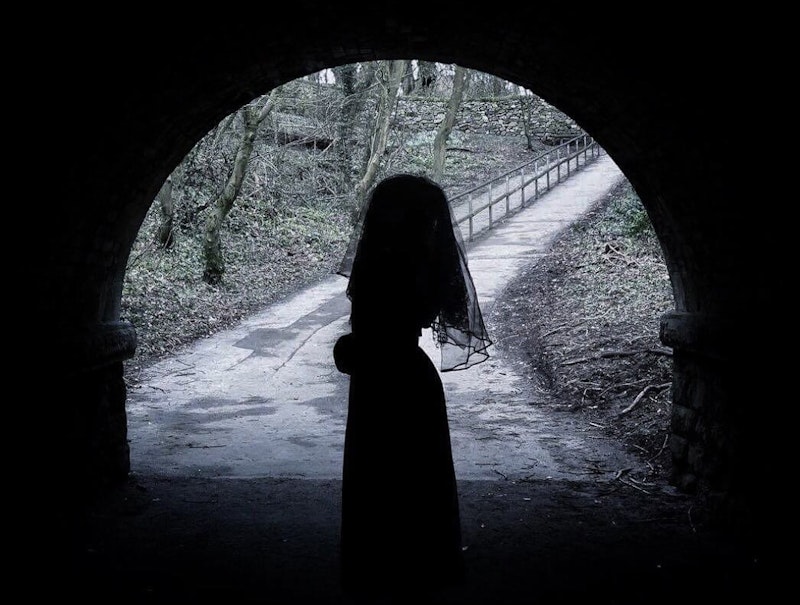
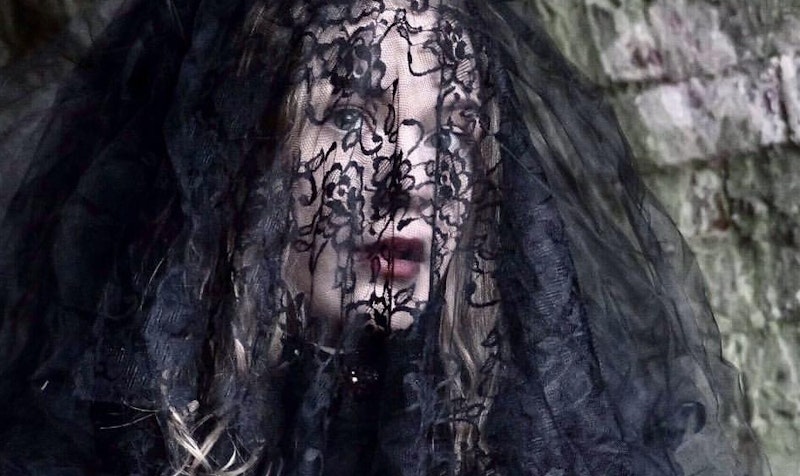

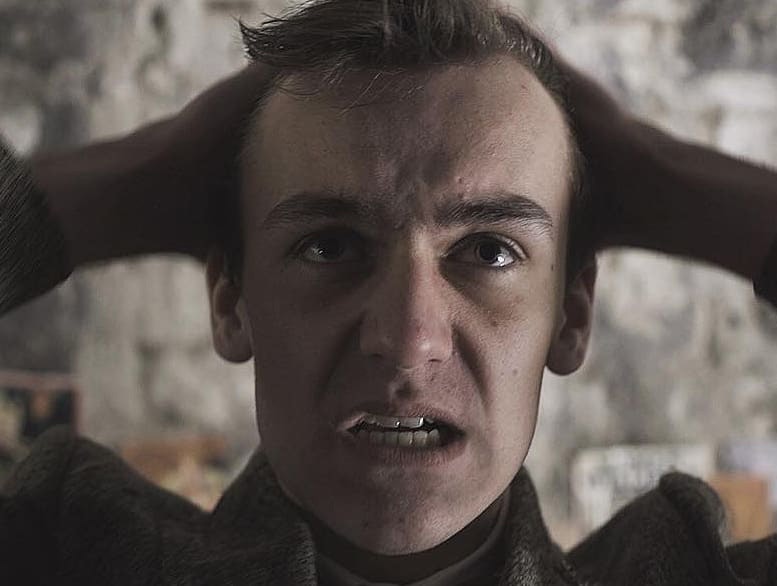
Get our great newsletter!
Get our great newsletter!